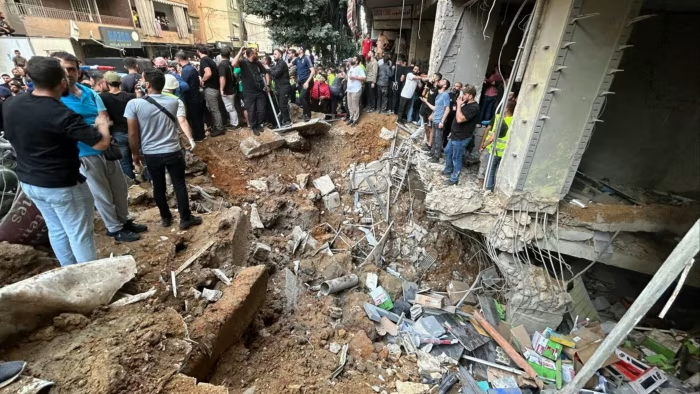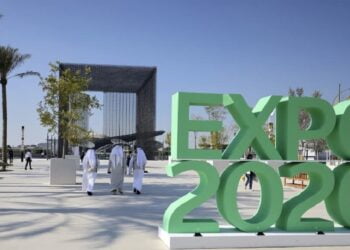In a new phase of deescalating tensions between Iran and Saudi Arabia, foreign minister Hossein Amirabdollahian met with Crown Prince Mohammed ben Salman in Jeddah this Friday.
As Iran and Saudi Arabia are moving in the path of deescalating tensions and restoring ties even at diplomatic levels, Iran’s foreign minister Hossein Amirabdollahian traveled to the Kingdom this Thursday and a day later, held a face-to-face meeting with Saudi Crown Prince Mohammed ben Salman in the port city of Jeddah.
In a post on Twitter, Amirabdollahian said that he and the Crown Prince talked for nearly 90 minutes at their meeting in Jedda this Friday. “Honest, open, useful and fruitful talks based on neighborly policy,” Amirabdollahian wrote in his post, adding also that “through the wills of heads of the two countries, sustainable bilateral ties in all fields have persisted. We agree on security and development for all in the region.”
The Saudi Foreign Ministry also posted a statement on social media and said that the two officials are looking for ways to develop bilateral relations, as well as “discussing developments in the situation on the regional and international arenas”.
Iranian foreign minister first arrived in Riyadh on Thursday and held a meeting with his Saudi counterpart, Prince Faisal bin Farhan. After that meeting, Iran’s foreign minister also posted a tweet and said that “We are sure these meetings and cooperation will help the unity of the Islamic world”, proposing a “regional dialogue” but providing no details. Prince Faisal visited Tehran in June and said he hoped Raisi would visit the kingdom at the “appropriate time”. Saudi King Salman has even invited Iran’s Supreme Leader Ayatollah Khamenei to visit the kingdom.
Amirabdollahian’s visit to Saudi Arabia was exceptional in a way that the last Iranian foreign minister to visit the Kingdom on a public trip was Mohammad Javad Zarif, who made the trip in 2015 and met only his counterpart to offer condolences for the death of King Abdullah.
New hopes after years of tensions
In March, Saudi Arabia and Iran reached an agreement in China to reopen embassies. But before the two countries decided to put aside differences and restore their relations, they had had years of tensions.
It all started in 2016 when Iranian protesters attacked Saudi diplomatic post in Tehran and Mashhad. The move was carried out after Saudi Arabia had executed a prominent Shiite cleric with 46 others days earlier, triggering the demonstrations. The war in Yemen which was sparked by Saudi Arabia forming a coalition and attacking the country in 2014 was also another area of conflict between Tehran and Riyadh.
But after the outbreak of the deadly coronavirus pandemic and the hasty withdrawal of the US from Afghanistan, Arab states in the Persian Gulf including Saudi Arabia have begun restoring their relations with Iran.
Ben Salman also knows very well that in order to move on with his modernizations plans for Saudi Arabia which will cost billions of dollars, all he wants is a peaceful Middle East with stable oil prices to fuel his own grand development plans for the kingdom.
This is why Saudi-led strikes to Yemen have dropped dramatically and the Kingdom’s efforts to withdraw from the conflict are rising. Challenges remain, however, especially over Tehran’s advancing nuclear program, the Saudi-led war in Yemen, which has not ended yet, and security matters across the waterways in the Persian Gulf.








